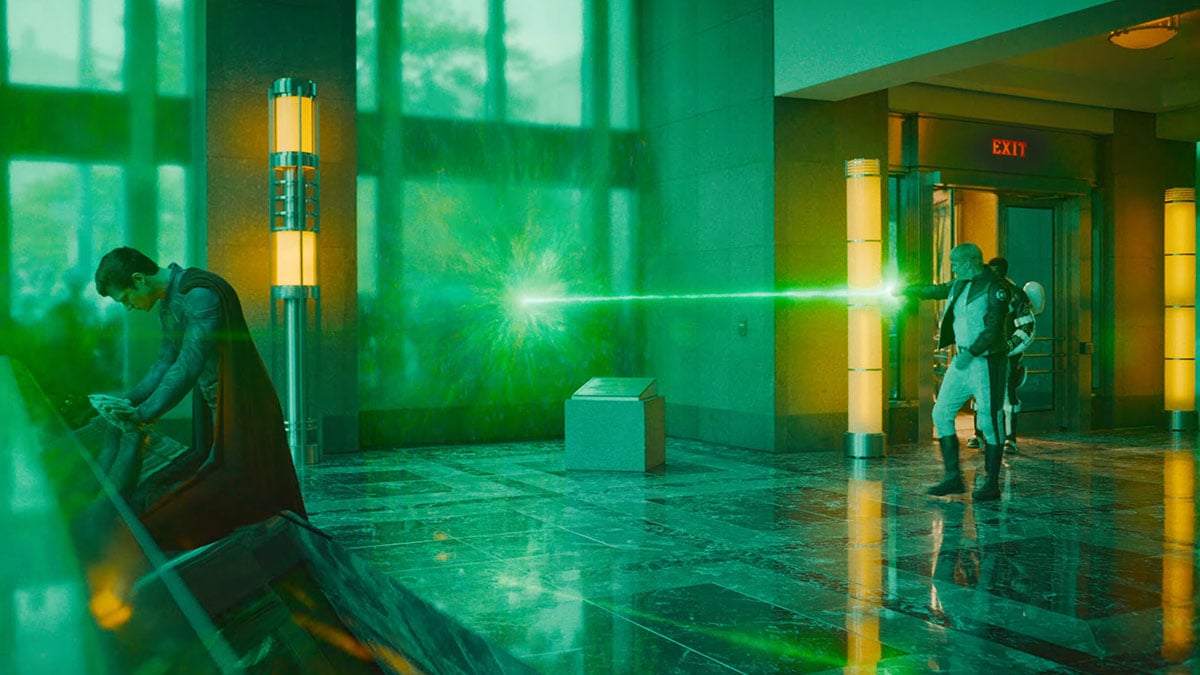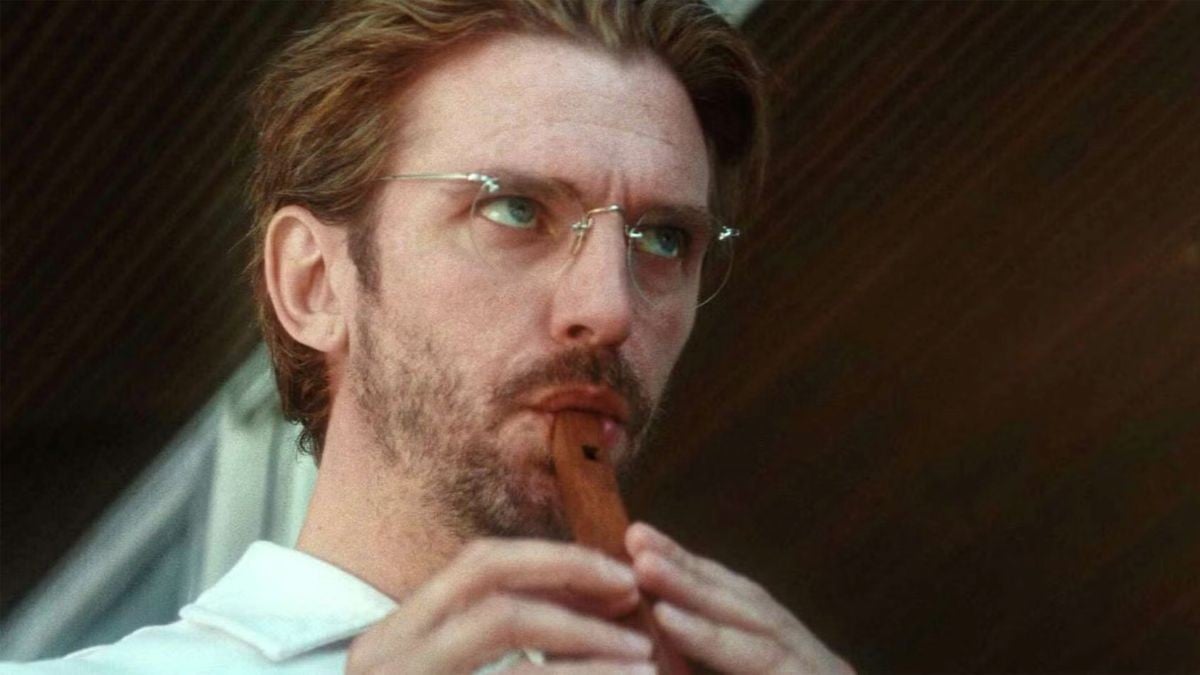
Overcoming gender stereotypes in Hollywood can be a difficult process for many young actresses as they enter adulthood and start searching for mature roles to define who they truly are, both professionally and personally. Amanda Seyfried, who rose to fame in her breakout role as the dimwitted Karen in Mean Girls, is striving to prove her ability to emotionally and accurately portray a struggling, but determined, character in her new film, Lovelace. The independent biographical drama not only allows the actress to transform Linda Lovelace’s initial naivety into determination to break free from the pornography business, but also allows Seyfried the chance to prove she can anchor sophisticated roles.
Lovelace chronicles the phenomenon of Deep Throat, the first scripted pornographic theatrical feature film, featuring a story, some jokes and an unknown and unlikely star, Linda Lovelace. Escaping a strict religious family, Linda Boreman (Amanda Seyfried) discovered freedom and the highlife in the early 1970s when she fell for and married charismatic hustler Chuck Traynor (Peter Sarsgaard).
With the help of Chuck, along with pornography producers Anthony Romano (Chris Noth) and Butchie Peraino (Bobby Cannavale), as well as director Jerry Damiano (Hank Azaria), Linda became the persona of Linda Lovelace. She transformed from a charming girl-next-door, and become estranged from her parents, Dorothy (Sharon Stone) and John J. Boreman (Robert Patrick), to become an international sensation centerfold fantasy. Fully inhabiting her new identity, Linda became an enthusiastic spokesperson for sexual freedom and uninhibited hedonism. Six years later she presented another, utterly contradictory, narrative to the world, describing herself as the survivor of a far darker story, including domestic abuse.
Rob Epstein and Jeffrey Friedman, the directors of Lovelace, were joined by Seyfried, Stone and Sarsgaard, at a recent press conference in a New York City hotel, where we were in attendance. Among other things, the filmmakers and cast discussed how Seyfried felt a responsibility to accurately portray Lovelace and validate her life, and how the directors felt the overarching theme for the film is the character’s struggle to find her own power and voice during a time when the pornography industry was taking advantage of actresses.
Check out what they had to say below.
With Linda Lovelace’s novel, when it first came out people didn’t know what to think. Many people had different opinions on whether or not she was telling the truth. Amanda, what was your belief after doing the film?
Amanda Seyfried: I’m a pretty cynical person, so I knew right off the bat when I entered into this project that I was going to have to leave that at the door. Only because I was embodying her and my job is to validate her in a lot of ways.
What was the challenge of playing her?
Amanda Seyfried: The challenge was the responsibility of playing her, especially because we were in touch with her kids. We wanted to justify her, and to reiterate what she was trying to get across. Also playing a real person in general is really hard. I had never done it before.
Maybe it would have been even harder if she were alive, but that was truly the biggest challenge. Honestly I didn’t have that much hesitation, and apparently a lot of people did, which is why I was lucky enough for it to come to me.
There are some scenes in this movie that are really hard to watch, specifically the violent scenes. Were those scenes hard to film? Amanda and Peter, did you do anything different to prep those scenes?
Peter Sarsgaard: You choreograph scenes like those. Whether it’s a violent or love scene, you don’t say, “Okay, one, two, three, go, and figure out what happens and who’s on top and on bottom.” So I think the challenge with scenes like that is to breathe life into a situation that can easily be stilted.
To be able to be loose within that, you need to be able to trust the person you’re with, and I have total trust and faith in Amanda. I saw that she was really going to put herself in the role. When we filmed, I felt like we had the safety of the people we were working with, who were protecting us.
Amanda Seyfried: We started at the beginning where we created this foundation together that made us feel safe and trusting towards each other.
Sharon, given the fact that so many people portrayed in this film are documented, you had the rare task of not having that information at your disposal to play Linda’s mother. How was that?
Sharon Stone: I was very fortunate to get this part from these brilliant and thoughtful directors. They came to me with a lot of material. There was some material online, but that’s only because I did some deep digging, and found material.
As a human being, how did you take on your roles, emotionally and physically?
Amanda Seyfried: I still haven’t shaken it off, in fact. I did Les Mis three weeks after this wrapped so I just jumped into that. I played an 18-year-old virgin so it really couldn’t have been any more different. It was really hard. I actually lost myself in it, which was the first time that has ever happened in my career. I feel like a real actor now.
Continue reading on the next page…





Published: Aug 8, 2013 05:10 pm